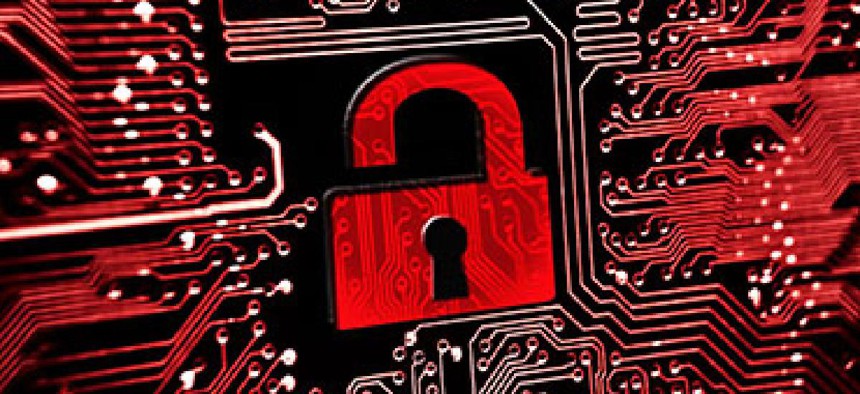Joint Chiefs cyber link, DOJ cyber guidelines, IP 911 risks and more

News and notes from around the federal IT community.

Joint Chiefs pick has eye on cyber, IT
As commandant of the Marine Corps, President Barack Obama's pick to chair the Joint Chiefs of Staff paid considerable attention to cybersecurity and other IT issues.
Gen. Joseph Dunford, whom Obama on May 5 nominated to succeed Gen. Martin Dempsey as Joint Chiefs chairman, issued guidance to the Marine Corps in January that highlighted cybersecurity as a critical domain in which to build capacity. The guidance called for the Corps to use offensive and defensive capabilities in cyberspace, and said that doing so required a plan to integrate cyber-specialist Marines into fighting forces.
As head of the Marines, Dunford also strove to empower his CIO, Brig. Gen. Kevin Nally. Several weeks after Dunford became commandant in October, Dunford met with Nally in an effort to provide what the CIO described as "more visibility, more horizontal input across the staff on all things IT and how it's related to the Marine Corps Enterprise Network."
In announcing Dunford's nomination, Obama referred to the cybersecurity challenge by saying, "we have to keep investing in new capabilities to meet growing threats, including cyberattacks."
DOJ releases cyber response guidelines
The Justice Department last week released guidelines to help organizations prepare for and respond to cyberattacks. Among the 15-page document's recommendations were for organizations to establish a working relationship with law enforcement before a cyber incident occurs, and to ensure organizations' legal counsels are familiar with IT and incident management.
The document reflected "lessons learned by federal prosecutors while handling cyber investigations and prosecutions, including information about how cyber criminals' tactics and tradecraft can thwart recovery," according to its preface. Though any size organization might benefit from it, the document was drafted with smaller, resource-strapped organizations in mind, the department said.
Law enforcement officials have in recent months stressed that firms should cooperate swiftly with investigators in the event of a breach, and have cited Sony Pictures Entertainment's response to the November hack of its computer systems as a model.
Ames gets new leadership from within
Eugene L. Tu was named the director of NASA's Ames Research Center, effective immediately.
Tu ascends the ladder at the Moffett Field, Calif., facility, where he was most recently director of exploration technology. He was charged with leading four technology research and development divisions, including the agency's primary supercomputing facility.
Tu holds degrees from the University of California at Berkeley and Stanford University, and he received the NASA Outstanding Leadership Medal in 2000 and the Presidential Rank Award for Meritorious Executive in 2009.
IP-based 911 systems bring cyber risks
As 911 services migrate to an IP-based environment, cybersecurity becomes a paramount issue, Rear Adm. Ronald Hewitt, director of the Office of Emergency Communications at the Department of Homeland Security, told the Association of Public Safety Communications Officials Broadband Summit in Washington, D.C., on May 5.
Increasingly, local public safety agencies are rolling out next-generation 911 services, including the ability to text emergency calls, and share images and other data with first responder organizations. The evolution of these advanced 911 services is a work in progress, and regulators are still weighing in on rules of the road for the new capabilities.
In the era of land-mobile radio dispatch, emergency responders were "isolated from cybersecurity risks," Hewitt said. With about 80 percent of 911 calls coming in on wireless phones, the ability to transmit location data is critical. Hewitt pointed out that there are "jammers out there that could take out the GPS. ... It's going to be a target. We have to make sure we equip our operators with the right training and skills to be able to work in this new paradigm."





